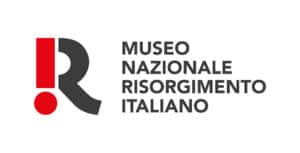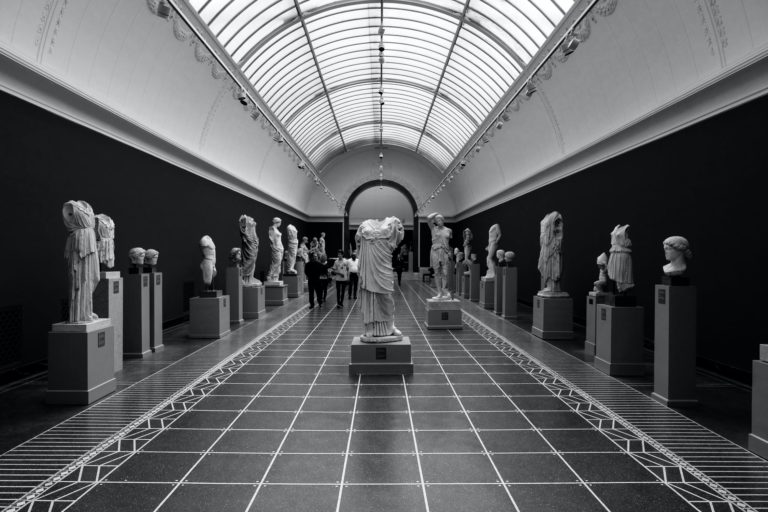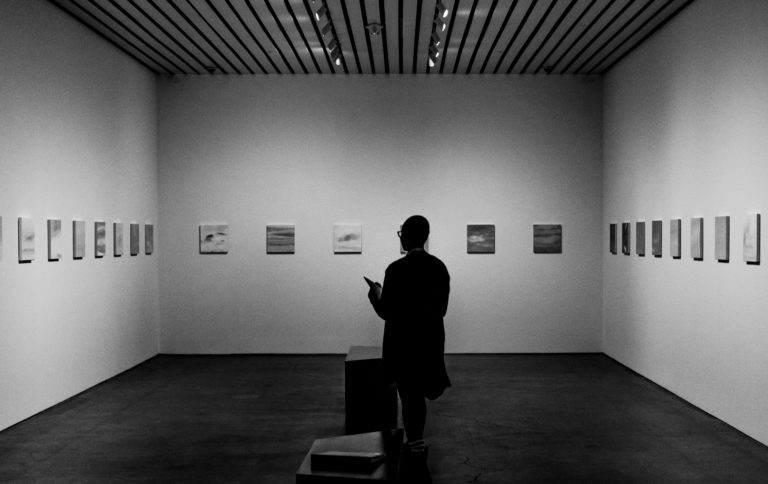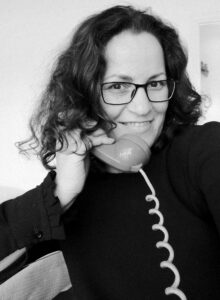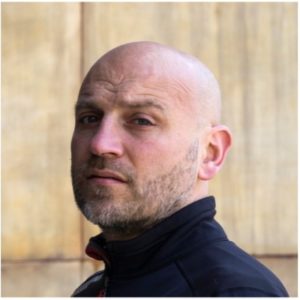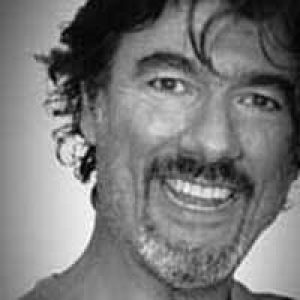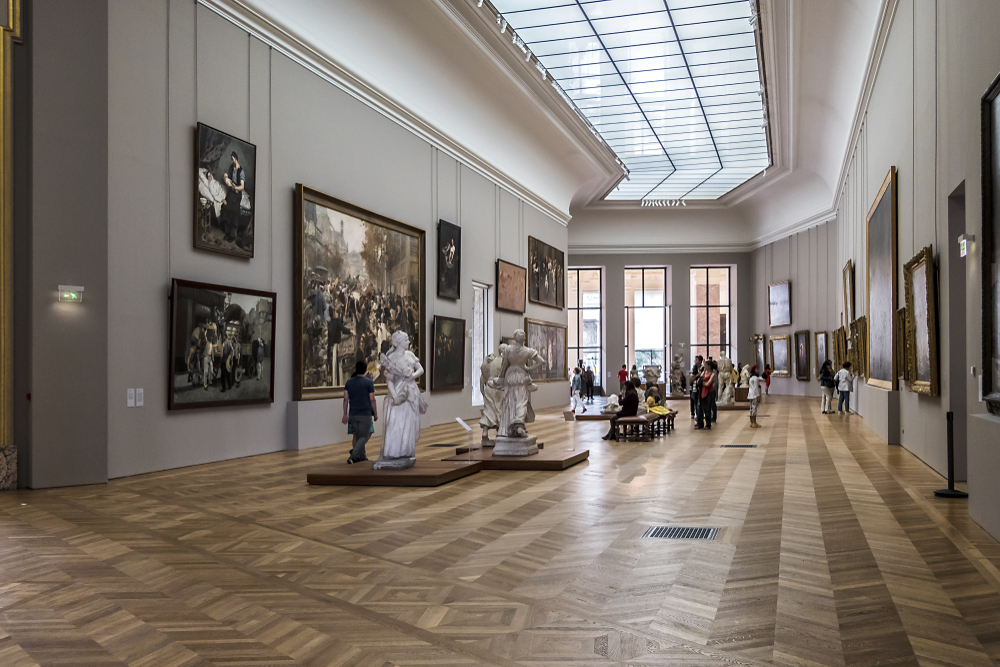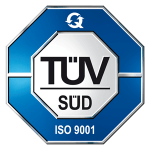Do you want to become a professional museum designer?
the specialisation course in Visual Museum is a full-immersion course that will enable you to learn advanced design techniques in the design of museum itineraries and layouts for exhibitions and cultural events.
Training course
Visual Museum Specialisation Course
Designing museum layouts and routes is both idea and creativity as well as technical and design skills. The Exhibit Designer deals with the design of all technical components of museum routes and temporary exhibition layouts, trying to harmonise his work with the curator's idea and the works of art in the best possible way. He also thinks about the conservation of the artistic and cultural heritage of the museum and seeks sustainable solutions suitable for the institution he represents. He is a professional who must have an excellent knowledge of the physical characteristics of light, colour, design techniques and tools as well as an understanding of the aesthetics of sources.
In recent years, the figure of the exhibition designer has become of fundamental importance for any curatorial project, especially with the advent of new forms of contemporary art, such as video art, multisensory installations and virtual tours. The experience, know-how and expertise of the museum designer are used not only for installations, but also in the service of communication, since in exhibition projects the ultimate goal is to communicate the message of the works of art to the visitor.
Having graphic dexterity and being able to draw by hand or through a PC is indispensable for realising projects and drafts.
For this path Italian Design Institute is a partner of
